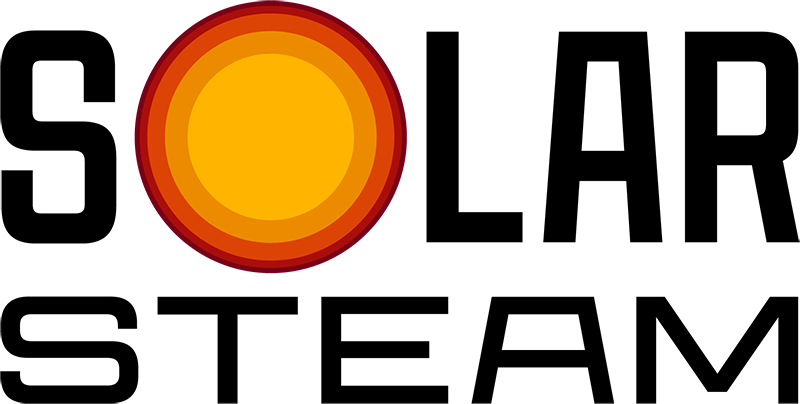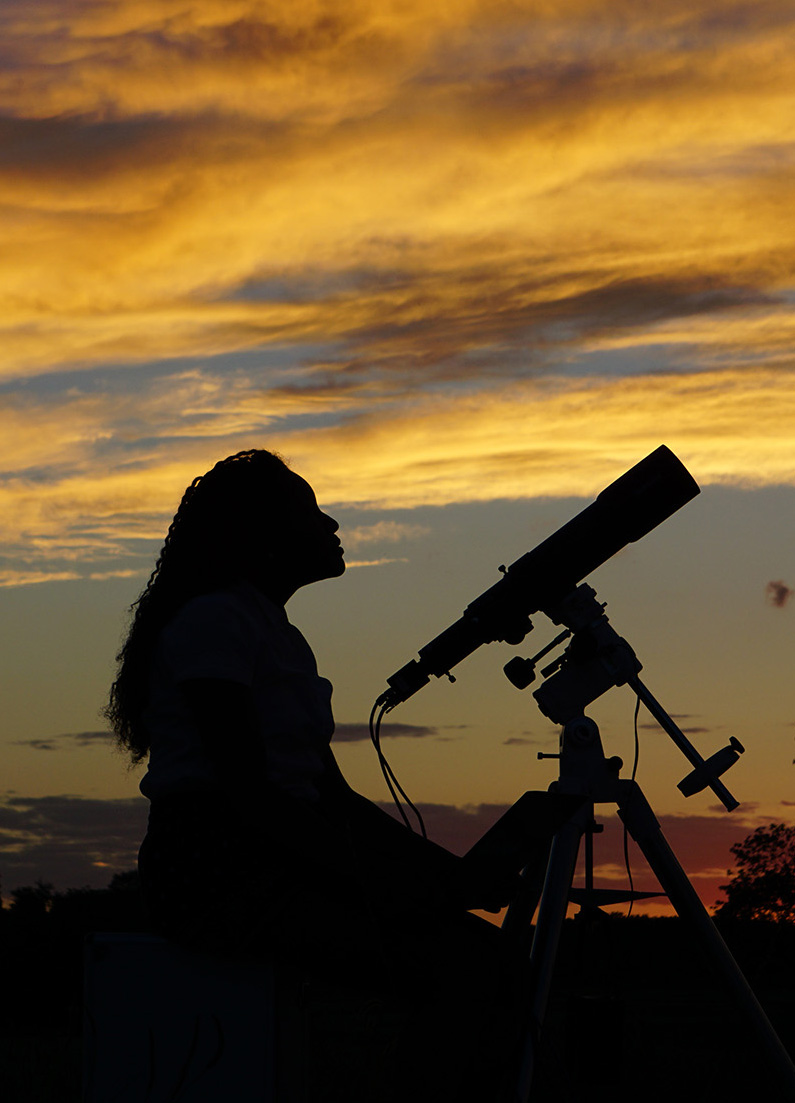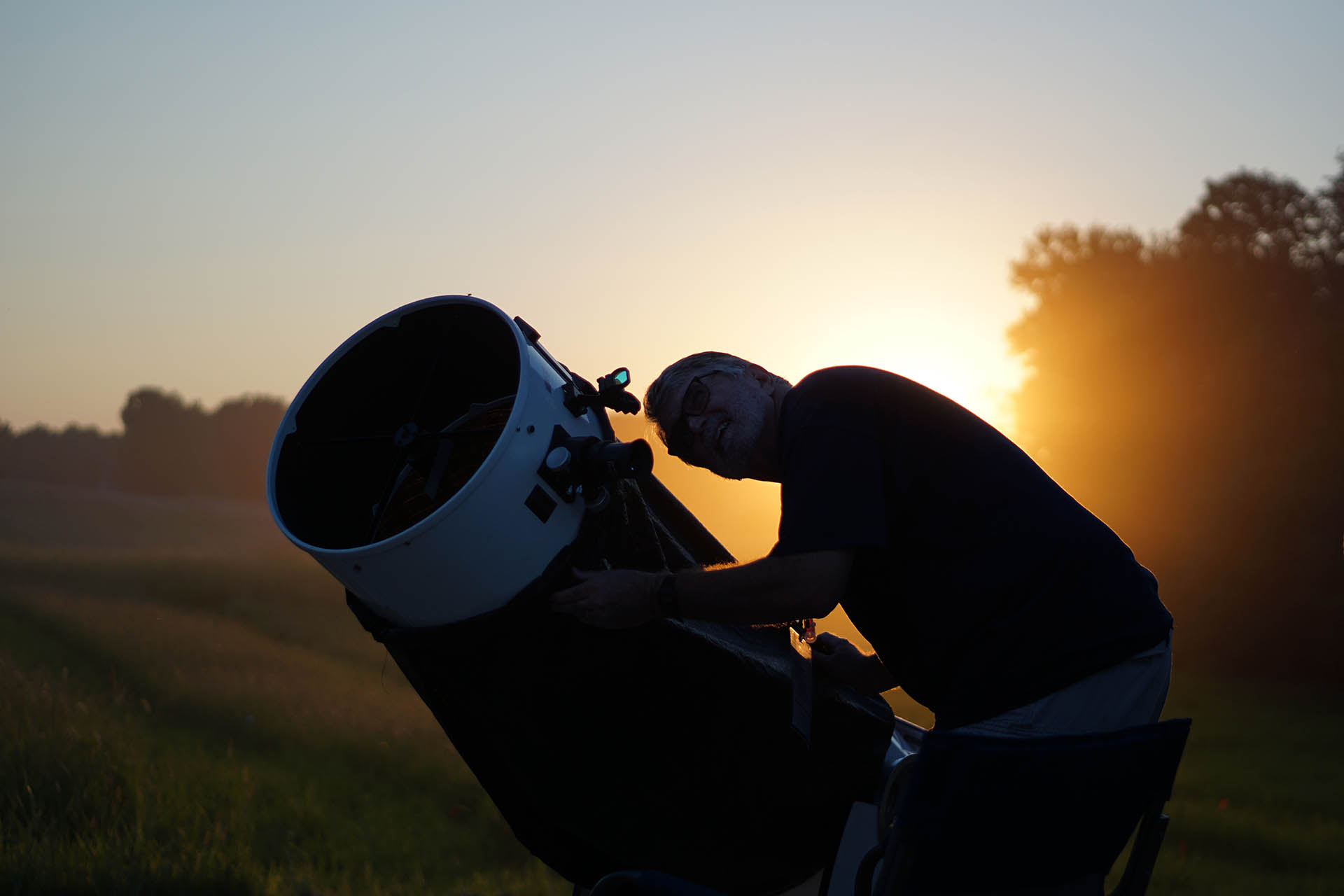2025 SolarSTEAM National Star Party
Day(s)
:
Hour(s)
:
Minute(s)
:
Second(s)
The second annual SolarSTEAM National Star Party will be held on Saturday, September 27, 2025. Anchored at Southern Illinois University Carbondale, the star party will feature a YouTube Live stream of engaging activities and conversation throughout the evening. Details to be announced summer, 2025. To get an idea of what the evening will be like, check out the info on the 2024 National Star Party is below.
On Saturday, october 19, 2024
Join the SolarSTEAM National Star Party
Explore the wonders of our solar system and embark on a journey through the heliosphere and NASA heliophysics missions. Join SolarSTEAM on YouTube Live @NASASolarSTEAM for an evening of engaging activities and conversation.
Event Details
Date
Saturday, October 19, 2024
Time
7:00pm – 10:00pm EDT / 6:00pm – 9:00pm CDT
Location
Join us online via YouTube Live @NASASolarSTEAM or in-person at a partner event near you. Check our map for in person event locations.
Featured Activities
The SolarSTEAM National Star Party will feature a range of activities you can do on your own or with the guidance of scientists and astronomers during the national star party Youtube Live event. Activity details available here.
- Sound Cone
- Crater Creation
- Earth and Moon Scale Model
- Constellation Projectors
- Constellation Finders
- Build a Star Wheel
- Build a Quadrant
- Making Sundials
- Build a Star Clock
- Sun Prints
- Making a Comet
How to Participate in the Star Party
Step 1: Register
Be part of the national star party. Whether you are hosting a small back yard family gathering or a large community event, let us know by registering your public or private event.
Step 2: Prepare
Review activities ahead of time. You can do activities on your own or with the show hosts during the event.
Step 3: Join the Event
Join the event on YouTube Live @NASASolarSTEAM or attend in person at a public event.
Online Event Schedule
6:00pm - 7:00pm CDT Heliophysics big year
Welcome to the SolarSTEAM National Star Party pre-party! We’re kicking things off with a preview of the evening that will help you get ready for your evening under the stars starting with our star, the Sun. We’ll be checking in with scientists, amateur astronomers and community scientist observers with the Dynamic Eclipse Broadcast (DEB) Initiative, one of NASA’s projects to study the Sun during the Heliophysics Big Year. From 6:30pm – 7pm, we will take a look back at Eclipse 2024 with the premier of the NASA EDGE, Best of the Eclipse show.
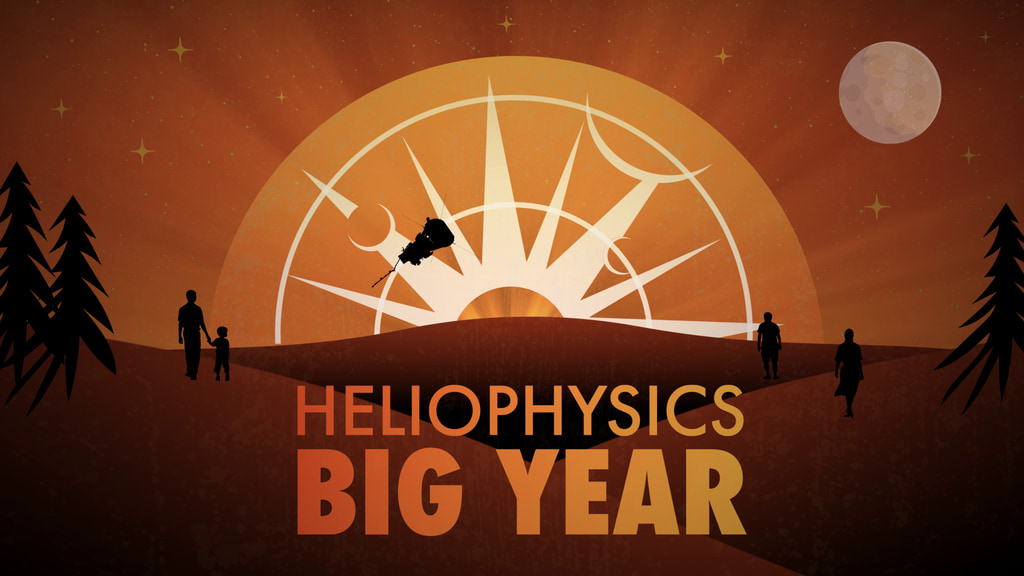
7:00pm - 7:30pm CDT
Start the Party
As the Sun goes down, we get started talking about what we will see tonight from our anchor location at Southern Illinois University Carbondale as well as other locations across North America. Check out still images from DEB observation sites tonight at debra.physics.siu.edu. Hunter Miller from the Adler Planetarium will guide us around the night sky with Stellarium, a free app that you can follow along with at home.
7:30pm - 8:00pm CDT
Happy Birthday, Comet
Comet C/2023 A3 (Tsuchinshan-Atlas) is peaking in brightness this October and could become one of the brightest comets visible in the Northern hemisphere in the last 100 years. Predicted to be naked eye visible, observers should find this comet easily with a small telescope or large binoculars. Image credit, DEB observer Mike Conley.
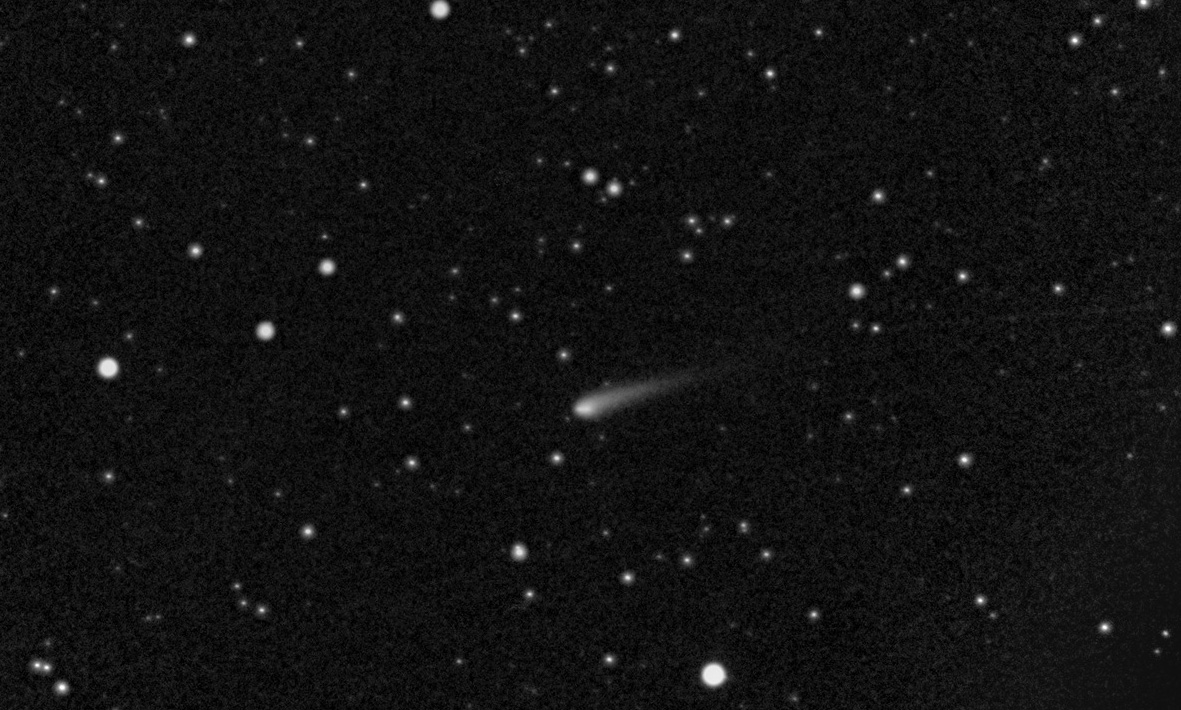
8:00pm - 9:00pm CDT
After Dark
As the skies darken, we switch over to red lights only in our observation areas allowing observers the best views of what the night sky has to offer. Saturn will be visible all evening with the Moon rising just an hour and a half after sunset and shining brightly with a phase of 89%. Deep sky objects will be best viewed directly overhead tonight before the moon is high in the sky and easiest to see on our camera-assisted telescopes.
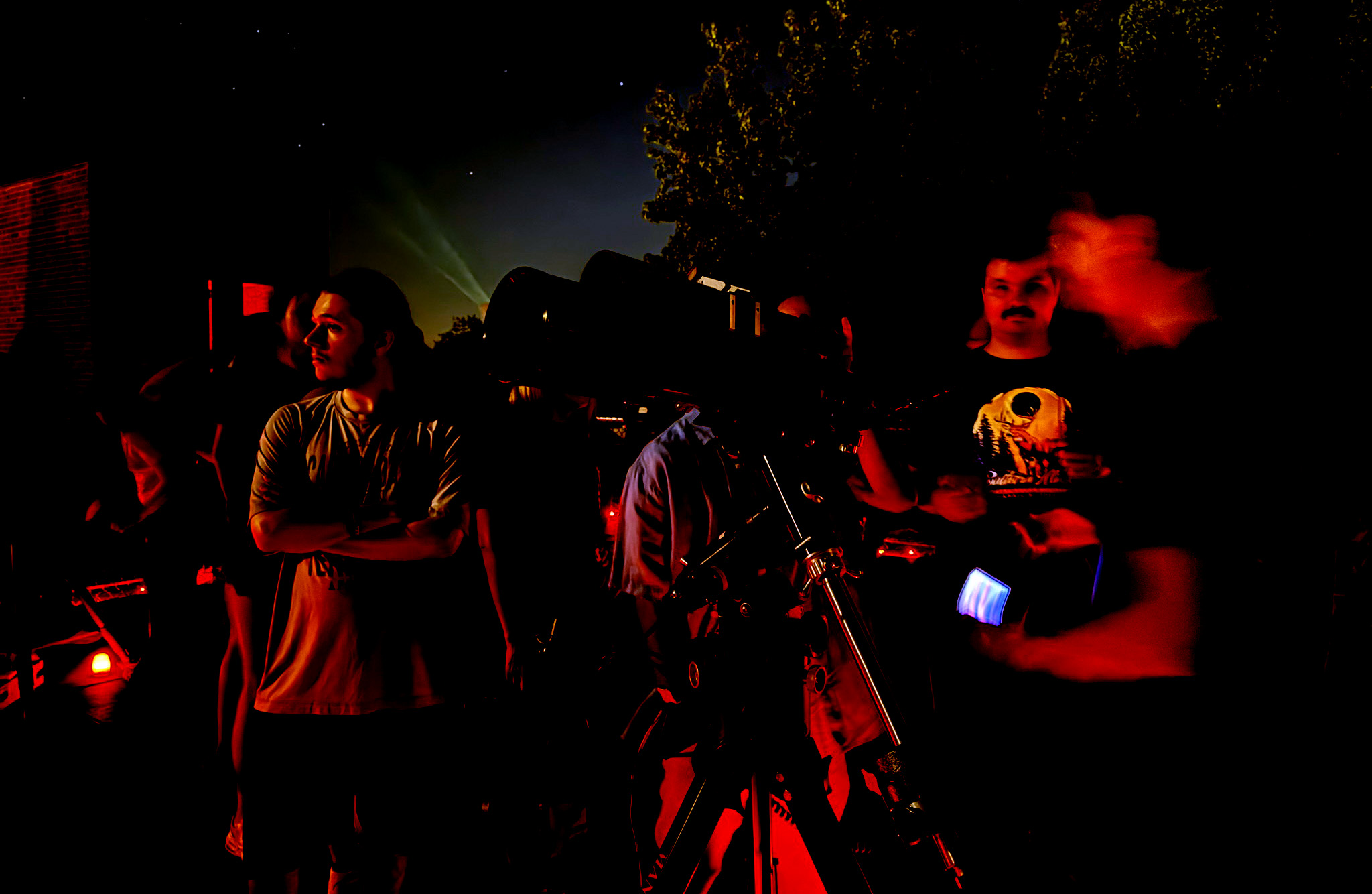
More about the Heliophysics big year
The SolarSTEAM National Star Party is part of the NASA Heliophysics Big Year, a global celebration of the Sun’s influence on Earth and the entire solar system.
